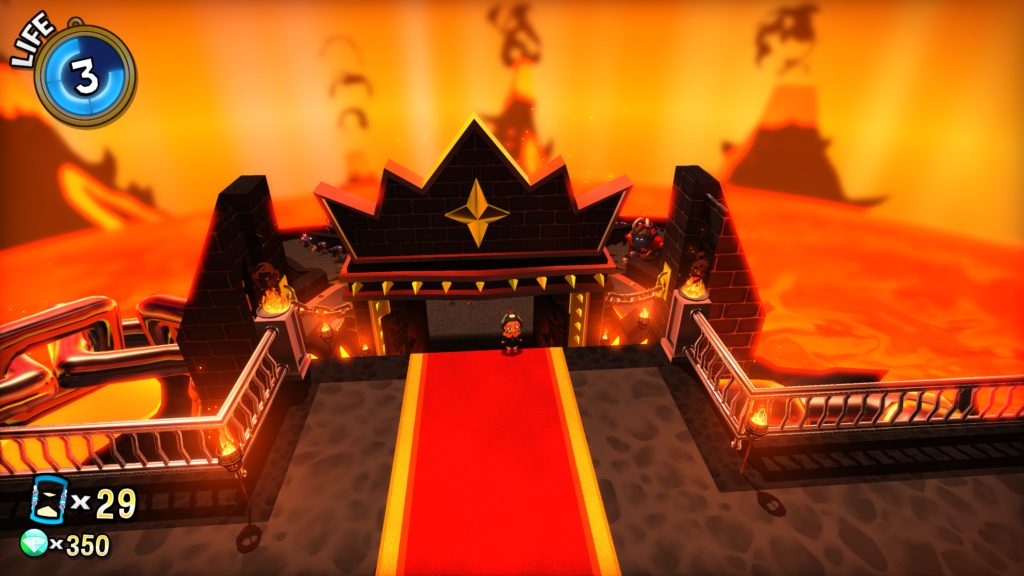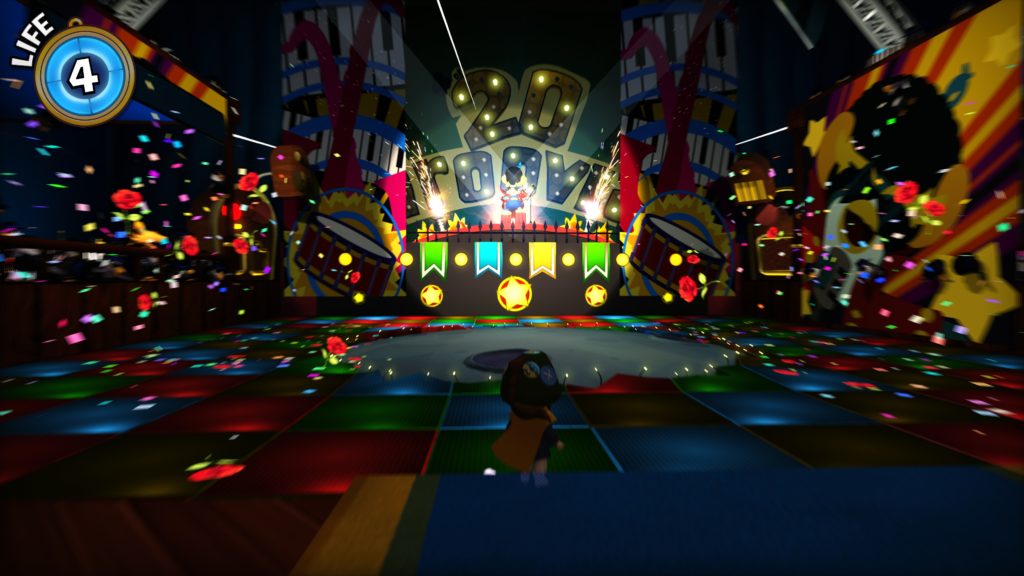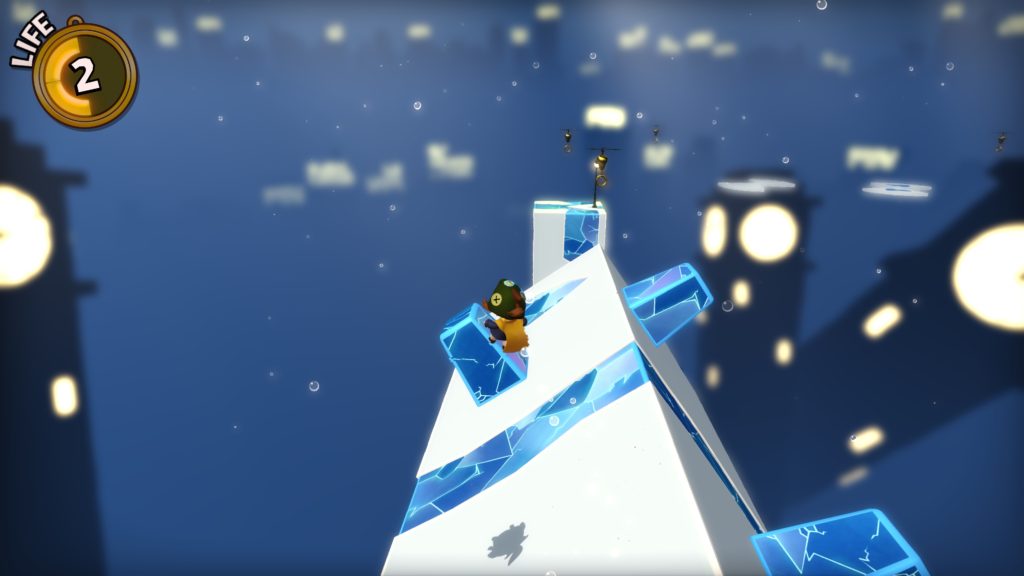- Genre: Platformer
- Platform: Switch
- Also Available On: Windows, MacOS, PS4, Xbox One
I picked up A Hat in Time on Switch, largely so I could have a physical copy of it for my collection. However, a secondary reason was to go back and play through the DLC that’s come out in the last two years since the original release. Going back and playing through the game in full was just as fun the second time around. New content, plus a whole lot of additional polish made this a really easy game to fall right back into.
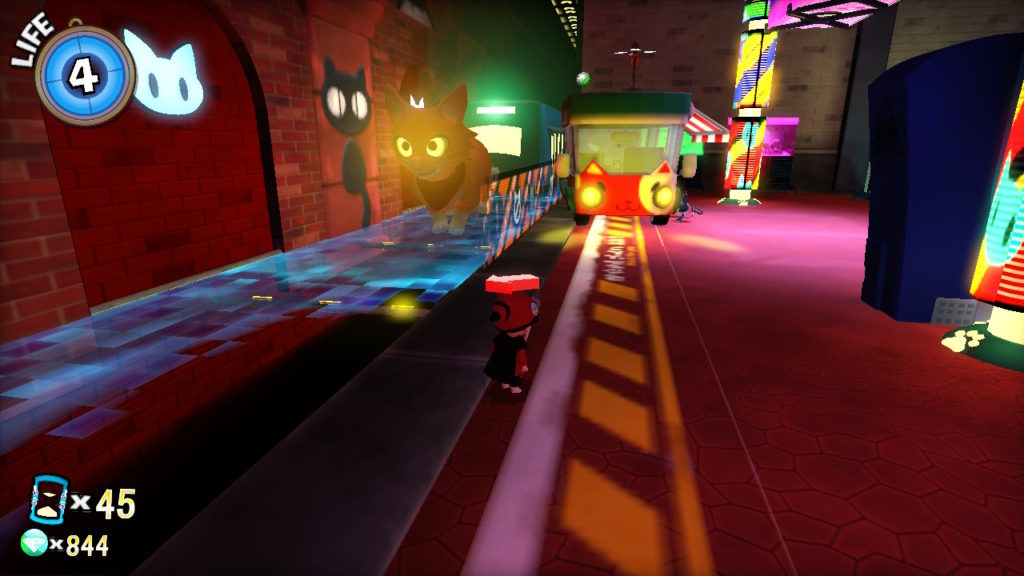
The new content in place is definitely a bit of a mixed bag, but what’s there is still a lot of fun. I basically got two new worlds to play through, plus a bunch more side content. Arctic Cruise was a short chapter, falling in at only three acts. However, it’s got some of my favorite pure platforming in the game. It’s also a largely fetch quest-based level, where you’re running around doing chores and collecting people. Nyakuza Metro was a much larger free roam world. The free roam part was a lot of fun, but I was probably most impressed by the fact that it had an escape sequence instead of a boss at the end. It wasn’t quite a Metroid timed escape, but the change of pace right at the end of my play through was definitely welcome.
On the other side though, I really got nothing out of the new Death Wish mode. It’s basically a set of tasks where you replay previous time pieces with some tweaks and secondary goals. Had I been going back to the PC version, this would have been a good way for me to fall back into the game before the DLC. However, after playing through the game fresh I really didn’t want to replay the content AGAIN. Definitely an interesting idea given the release schedule, but really didn’t work out for my timing in how I was playing.

As far as the Switch goes, it also did a pretty solid job of keeping the game running. Visually it’s definitely not up to the PC version, but it fell into what I’d generally call good enough. Everything looks pretty good in motion, and it’s not jarring in a way that I wouldn’t come back to the game on the platform. The framerate is also generally pretty solid throughout. Ya there’s a few places where the framerate obviously dips, and there’s definitely a handful of spots where as an Unreal developer I’m left groaning at garbage collection hitches, but by and large it was never a particular issue.
Controls wise, it also nailed it. While that shouldn’t be unexpected given it was a standard platformer scheme, I was super comfortable playing on TV with the pro controller, as well as handheld on the Joycons in bed. There’s definitely been a layer of polish added to overall movement and camera work in the two years since as well. While that was never a particular issue when I last played it, it was nice to see that things had seen that push to improve anyway.
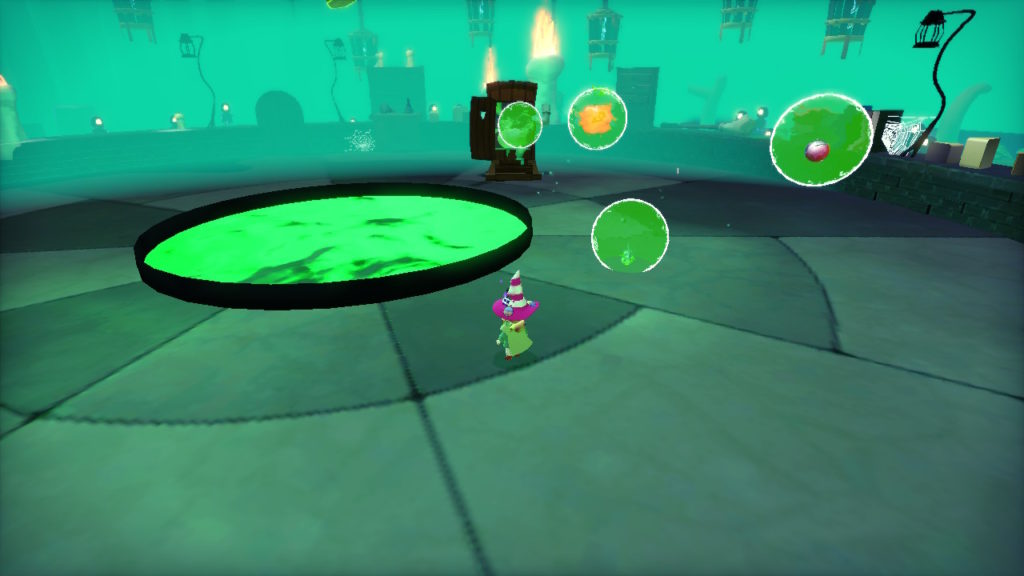
In general, it’s pretty rare that I go back to games and actually finish them again, let alone play through more new content that I’d never played before. There’s usually something stupid in my replay that makes me go “forget this, moving on.” I’m glad that this was one of the cases where the game was worth playing again front to back. It was a more polished experience, with more content, on a completely different platform, and it was just as fun the second time around.

